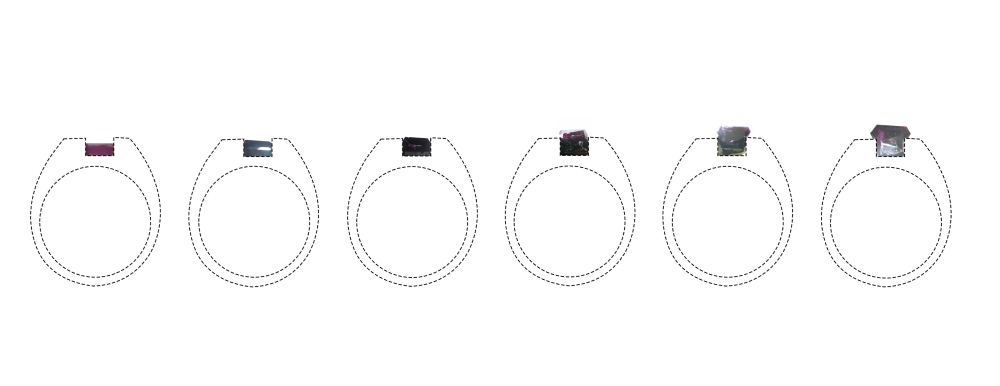For the first time, a ruby has been grown in situ by planting a “ruby seed” in a platinum ring. The novel approach could transform the jewelry industry as it demonstrates that, theoretically, we no longer need to mine to get great gemstones.
The ruby seed used to grow the stone in situ can be created from waste gemstone materials, something we have plenty of. The idea comes from University of the West of England (UWE)’s jeweler-turned-scientist Sofie Boons, who took four years to develop the process that can transform that waste into a stone that’s identical to mined rubies.
“I hope this innovation will put an end to the long-shared narrative that lab-grown gems are ‘synthetic’ or less valuable than mined ones,” said Boons, who is a Senior Lecturer in Design Crafts, in a statement. “After all, these neo-gemstones grow following the patterns set by nature, resulting in stunning natural facets, which each time a seed is grown will be different.”
Boons hopes her research could herald a new era of “urban mined gemstones” that combats the negatives of both mined and lab-grown gemstones. While mining can harm the environment through soil erosion, deforestation, and ecosystem destruction, lab-grown gemstones also have their limitations because creating them from scratch is an energy-intensive process.

The progress of the ruby seed’s growth.
Image credit: Sofie Boons
Urban mined gemstones start off with pieces of waste gem material or grit (small gemstone pieces used in industry). This is then grown in a furnace with the aid of a flux solution (a chemical that lowers the melting temperature of aluminium oxide, which is what ruby is made of), creating a beautiful ruby in a matter of days.
The end result is structurally identical to mined rubies with the same quality, and the best bit? We may already have all the waste material we need to take the ruby industry fully surface-side.
“In theory, we have enough material on the planet today to stop mining,” continued Boons. “By sharing this research, I hope to put power into the hands of jewellers, as the technique is simple enough for them to adopt – it’s not just for scientists. I’m looking forward to expanding the research, looking at other gemstone colours and growing in different metal structures.”
“This is a completely innovative and more sustainable process that could transform how jewellers incorporate gemstones in jewellery, a process that is literally outgrowing traditional practices. Usually with chipped gems, jewellers have to cut them even smaller before using them, which therefore lowers the value, but this process enables them to use waste gemstone material to grow gems as big as they need, in situ in metal structures.”
Source Link: World-First Ruby Grown In-Situ From A “Ruby Seed” Planted In A Platinum Ring